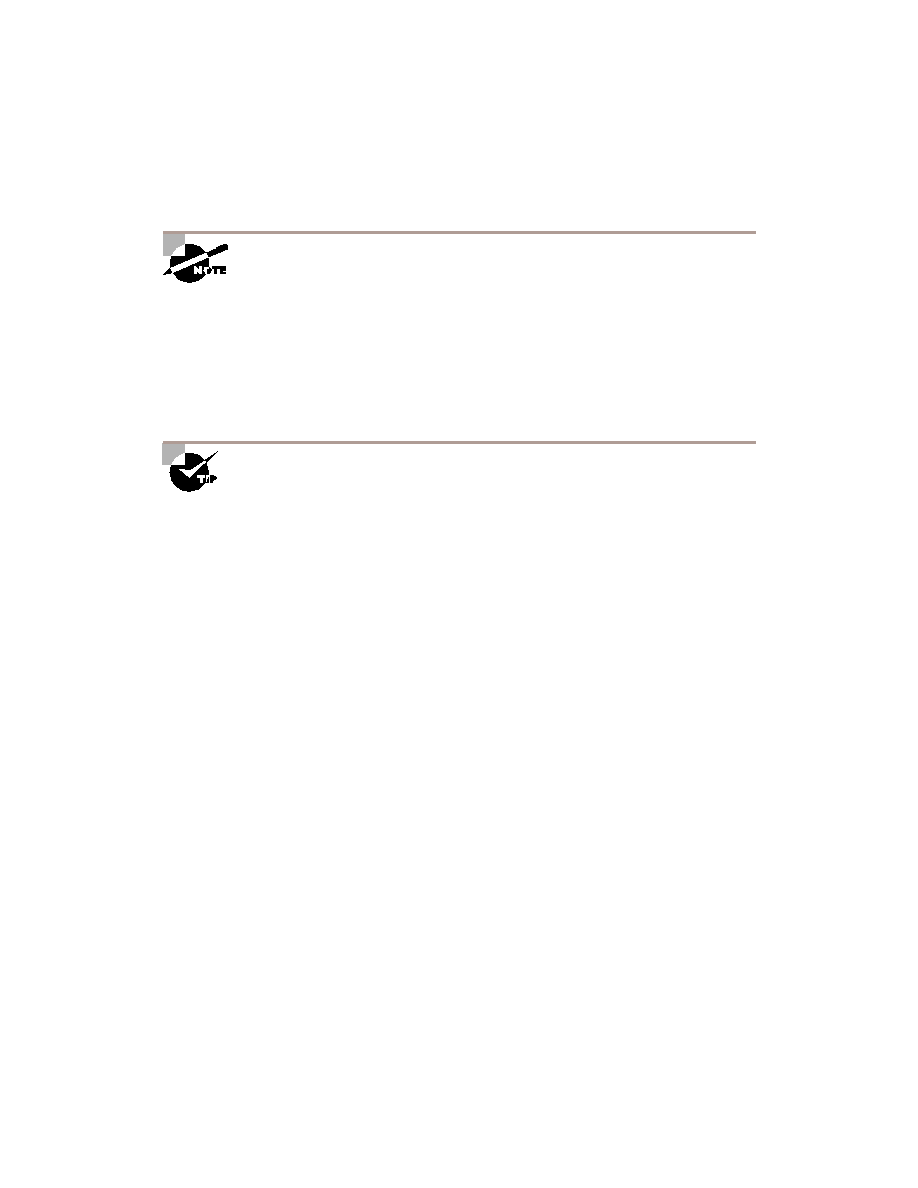
xxii
Introduction
If you hate tests, you can take fewer of them by signing up for the CCNA exam
and the Support exam, and then take just one more long exam called the
Foundation R/S exam (640-509). Doing this also gives you your CCNP--but
beware, it's a really long test that fuses all the material listed previously into
one exam. Good luck! However, by taking this exam, you get three tests for
the price of two, which saves you $100 (if you pass). Some people think it's
easier to take the Foundation R/S exam because you can leverage the areas
that you would score higher in against the areas in which you wouldn't.
Remember that test objectives and tests can change at any time without
notice. Always check the Cisco Web site for the most up-to-date information
(
www.cisco.com
)
.
Cisco Certified Internetworking Expert (CCIE)
You've become a CCNP, and now you fix your sights on getting your CCIE
in Routing and Switching--what do you do next? Cisco recommends that
before you take the lab, you take test 640-025: Cisco Internetwork Design
(CID) and the Cisco authorized course called Installing and Maintaining
Cisco Routers (IMCR). By the way, no Prometric test for IMCR exists at the
time of this writing, and Cisco recommends a
minimum
of two years of on-
the-job experience before taking the CCIE lab. After jumping those hurdles,
you then have to pass the CCIE-R/S Qualification exam (exam 350-001)
before taking the actual lab.
To become a CCIE, Cisco recommends the following:
1.
Attend all the recommended courses at an authorized Cisco training
center and pony up around $15,000$20,000, depending on your cor-
porate discount.
2.
Pass the Qualification exam ($200 per exam--so hopefully you'll pass
it the first time).
3.
Pass the two-day, hands-on lab at Cisco. This costs $1,000 per lab,
which many people fail two or more times. (Some never make it
through!) Also, because you can take the exam only in San Jose,
Copyright ©2001 SYBEX , Inc., Alameda, CA
www.sybex.com
